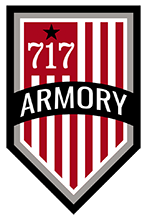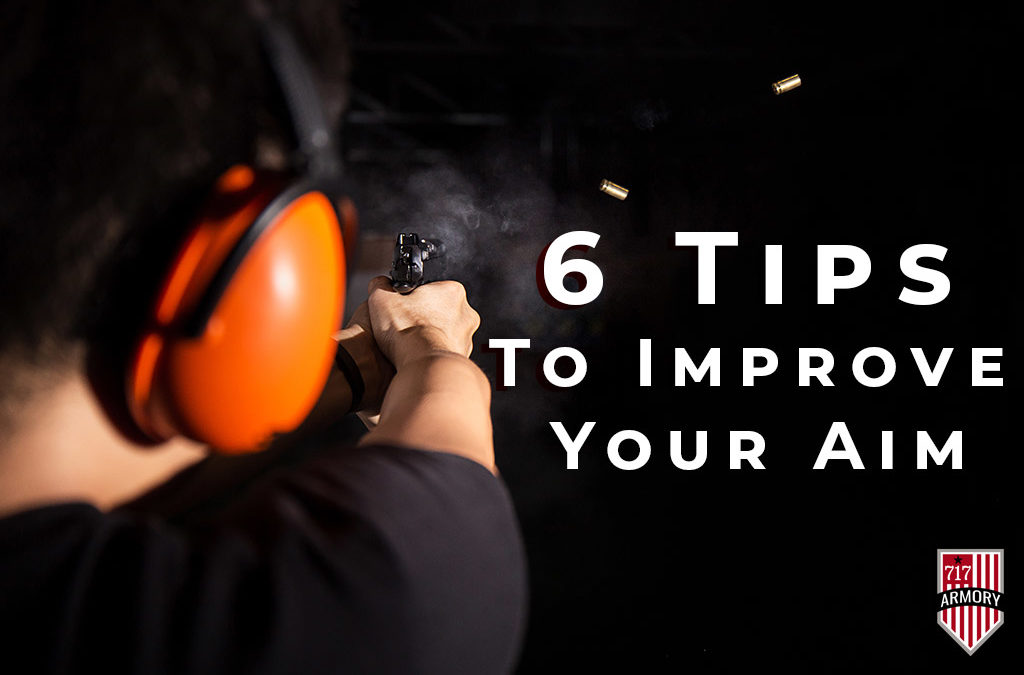1) Slow Down!
The first step to improving your aim is to sloooowwww doowwwwnnn! Everyone wants to shoot fast, but when shooting at a faster pace you will always sacrifice accuracy. If your target begins to look like it’s been blasted with a shotgun, slow down and take the time to work on fundamentals of marksmenship. Once you get the rhythm and accuracy of shooting slow, then you can start to pick up the pace.
2) Dry Fire Shooting
This is a very plain and simple tip. There is no substitute for dry-fire practice so it is extremely boring but does save on ammo.
Before you begin any of the dry fire practice drills, please read:
- Unload your gun. Look and feel to make sure the chamber is empty. All live ammunition should be in a different room.
- Put up a target.
- Once you are ready, Look and feel to make sure the chamber is unloaded again.
- Proceed with your practice.

3) Trigger Control
Trigger Control is extremely important when shooting. To have true trigger control, we want to achieve what is called a “surprise break.” This break is described as placing equal and gradual pressure on the trigger until the hammer falls and it surprises you. When you fail to achieve a “surprise break” the round usually strikes somewhere other than the bullseye. Again, achieving a surprise break is critical; the trigger finger works and performs independently of the rest of your body.
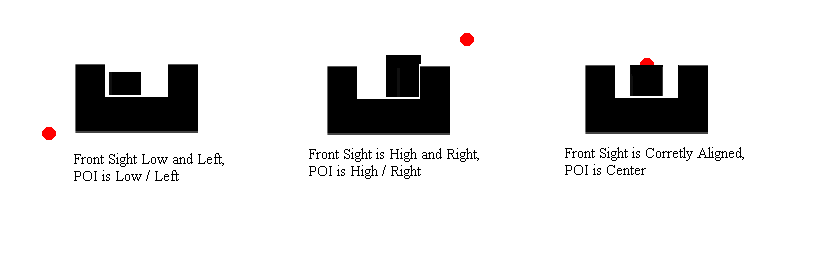
4) Sight Alignment
Sight Alignment is the relationship between the front and rear sights with respect to the eye. The clear tip of the front sight post is centered both vertically and horizontally in the rear sight aperture. In other words, there should be height across the tops of the sight posts, and equal light showing on either side of the front post site. Equal Light – Equal Height.
- To obtain sight alignment, you must realize that the human eye can only focus on one object at a time. This object, for shooting, is always the front sight post. Thus, if a proper focus is maintained on the front sight post, the aligning of the sight will require the shooter to place a clearly focused front sight in a slightly blurred rear sight aperture.
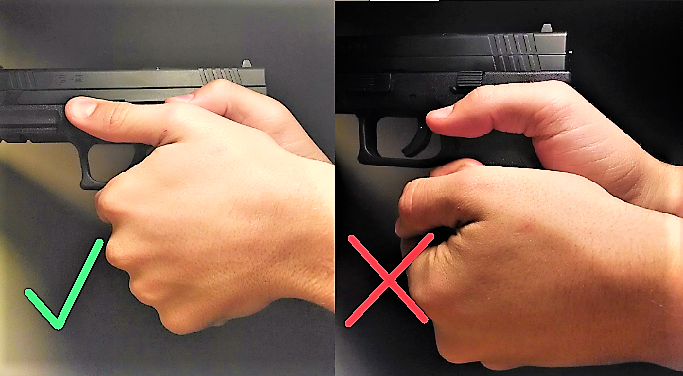
5) Proper Pistol Grip
The grip of the weapon with the firing hand is accomplished by placing the web of the firing hand high on the pistol grip and wrapping all fingers except the trigger finger around the pistol grip of the weapon. The trigger finger lays alongside the lower receiver of the weapon unless upon a target with the intention of shooting.
This grip should be all encapsulating. A proper pistol grip will provide maximum surface contact between your hands and the guns grip surface. It will allow for a positive recoil and follow-up. In short, a proper grip will allow you to stablize the gun sufficiently to aim the current shot, and after that shot is taken, you’ll be right back in position to do it again with as little follow through or reaiming as possible.
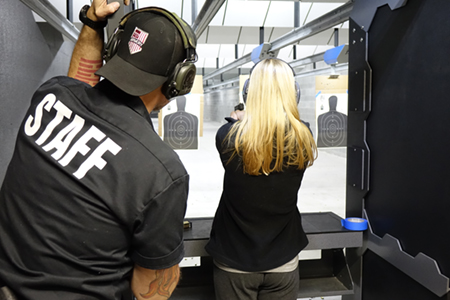
6) Take a Firearms Training Class
There is no substitute for the value a professional firearms instructor and Handgun 101 Class can bring to your pistol aim! From equipment placement and draw, to the final break of the trigger, there are dozens of miniture steps that link together to form a quick and accurate shot. Having a firearms instructor break down your shot and giving positive feedback on how to improve and link step together will really take your shooting to the next level.
Beyond the marksmenship skills involved with executing one shot, from a stationary position – complexity compounds when you begin to shoot multiple shots, then when a stressor is added, then when movement is added, etc.
Attending firearms training classes that have a planned sequence of learning, a safe environment and competent instructors that can tailor learning to your skill level is the Ultimate in improving your pistol aim, and your firearms skills overall.
